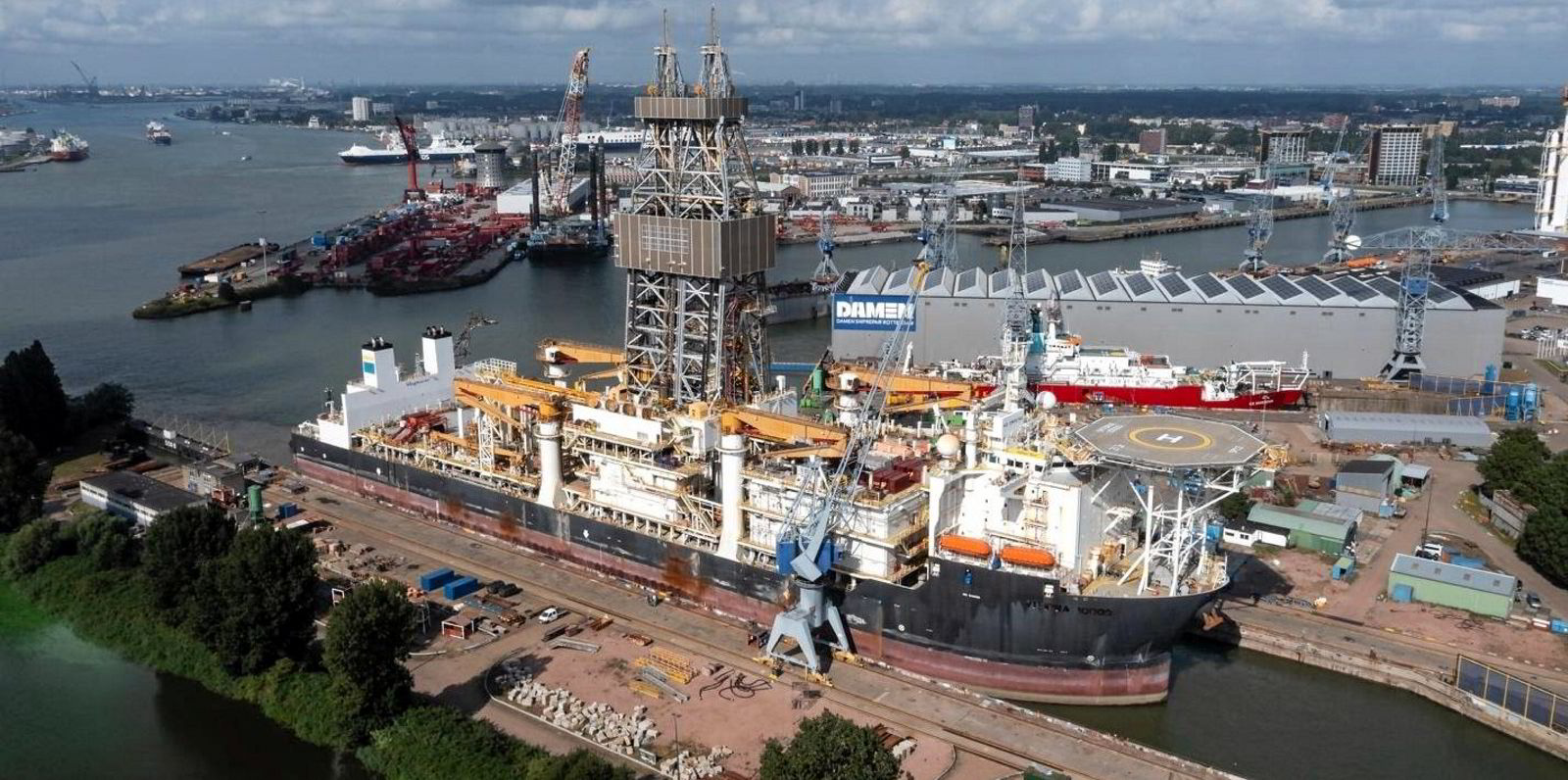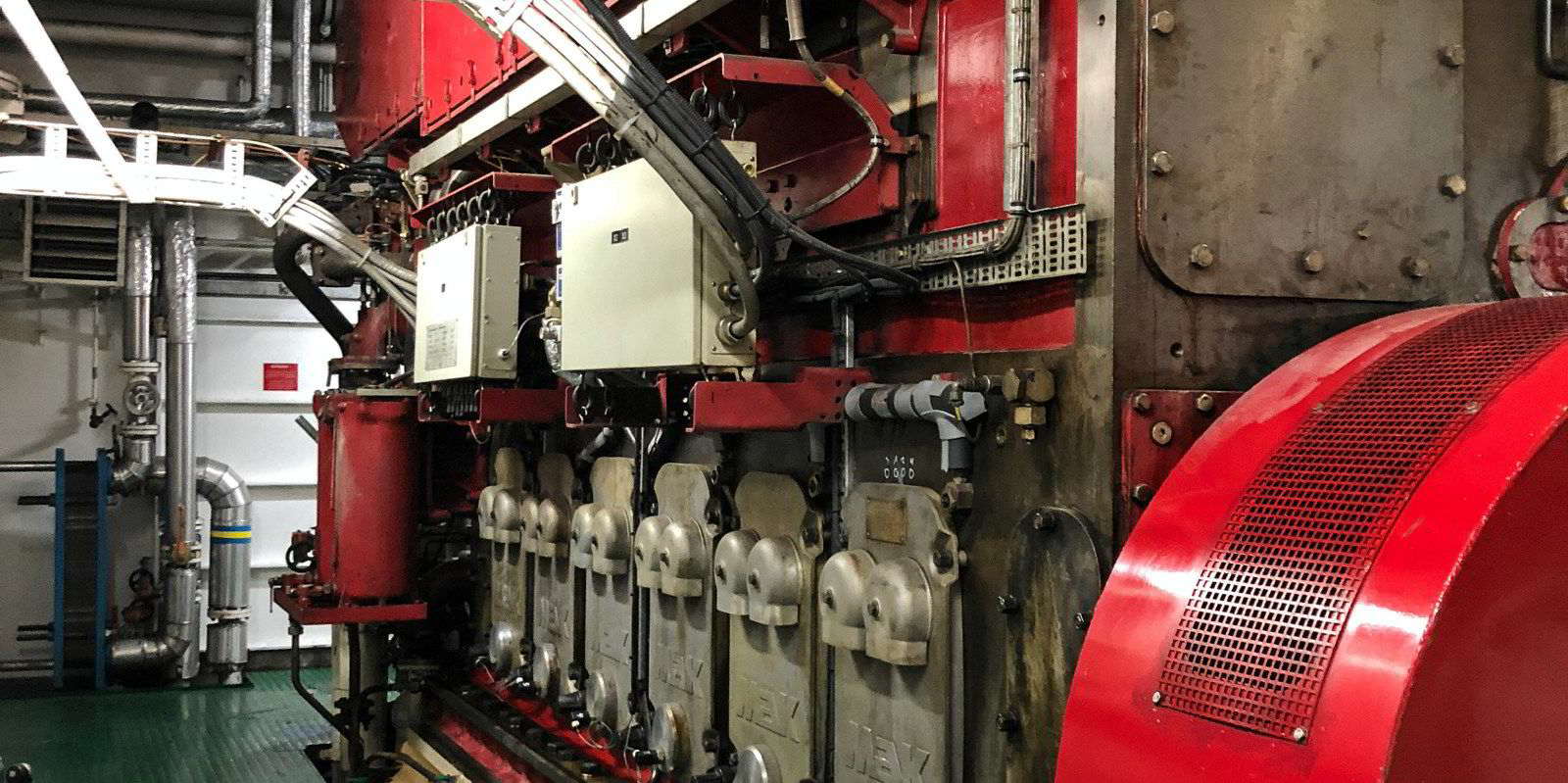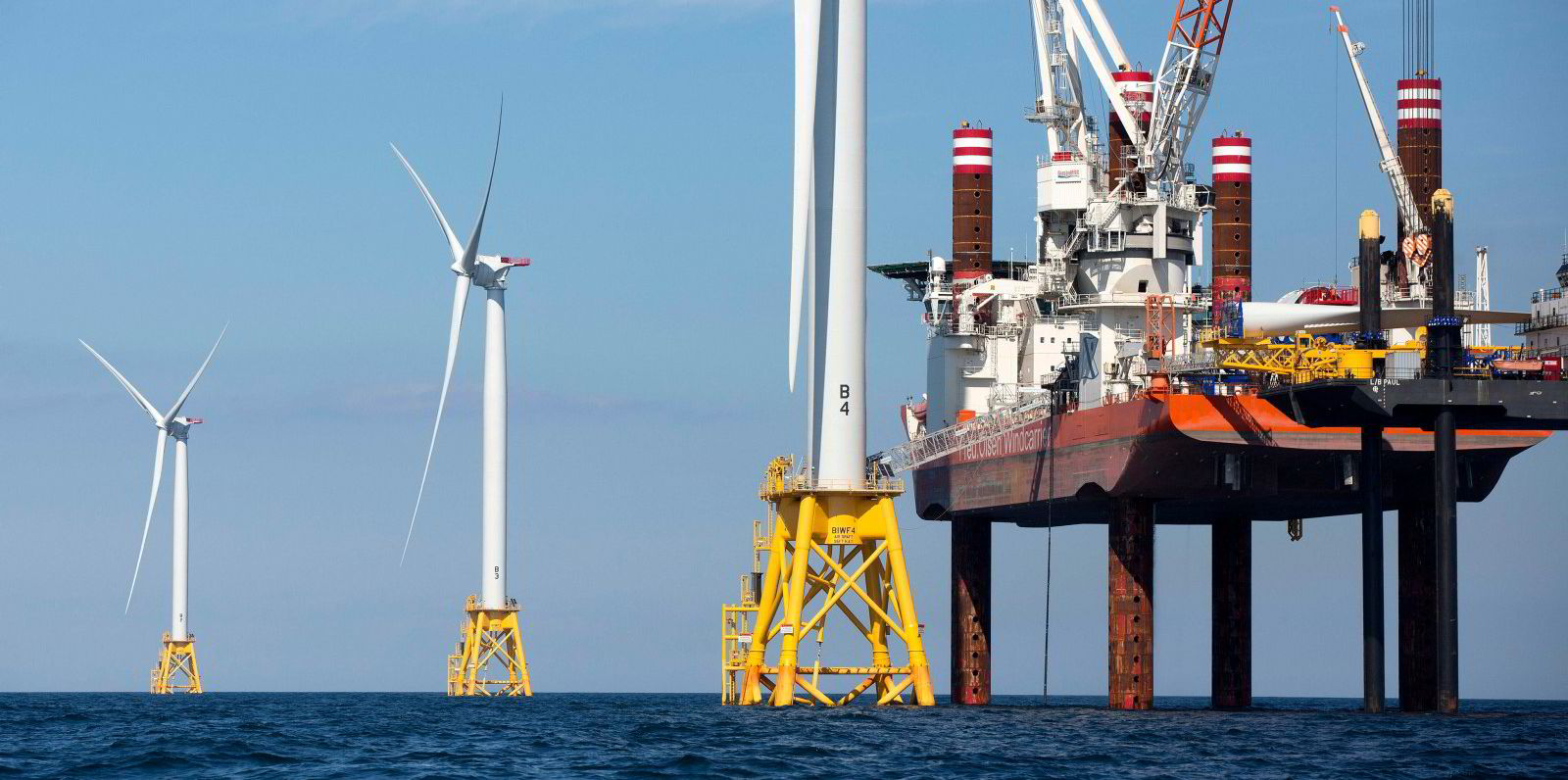Green energy markets could provide a new lease of life for drilling rigs left surplus to requirement by the collapse in the oil and gas industry, analysis shows.
“In 2021, we have noted multiple instances of rigs being repurposed for activities outside of oil and gas,” UOB Kay Hian head of research Adrian Loh said.
The Singapore-based analyst suggested up to 22 drillships or rigs have been repurposed this year.
But what potential role could these redundant drill rigs play in the new energy order? And what benefits do they offer?
Such conversions are not new. There have been various instances of companies converting offshore drilling rigs for wind installation work.
In 2017, Boskalis purchased Transocean’s idle ultra-deepwater drillship GSF Jack Ryan (built 2000) for a reported $8m to convert it for offshore wind installation work, according to Esgian wind analyst Erland Hieronymus Bassoe.
“The drillship, now renamed Bokalift 2, is at Drydocks World in Dubai and is due to be finished by early 2022, and will be put to work at the Changfang and Xidao wind farm projects in Taiwan,” he said.
Although converted drilling rigs might not be as efficient as a purpose-built wind turbine installation vessel (WTIV), they do have benefits.
“Converting rigs is potentially less costly than ordering a newbuild,” Bassoe said. “Also, while the construction of a brand-new WTIV could take up to three years, a conversion, particularly in the case of jack-ups, takes less time.”
Based on data from Boskalis’ financial reporting, Bassoe estimated that the conversion costs on the Bokalift 2 will be €100m to €200m ($116m to $232m) — less than half the cost of a specialised newbuilding.
Vessel requirements for offshore wind installation and offshore drilling demand different assets, according to Bassoe.
“Offshore wind installation vessels need heavylifting and deck-space capabilities and a hull designed to accommodate a good speed,” he said.
To prepare rigs for their move into renewables, the hull can be enforced, the deck space increased and heavylifting capabilities installed.
Highly specialised

However, Bassoe said the number of rigs converted for the wind industry remains limited and the installation sector will remain a highly specialised market, requiring purpose-built units.
“Installation jobs undertaken by ex-rigs may be simpler than those done by purpose-built units, due to their lack of mobility and deck space capacity,” he said. “Even so, converted rigs will serve other important roles needed in the offshore wind segment.
“The market seems to have focused on vessels capable of installing turbines rather than foundation installation. These converted rigs can help fill the supply void until the industry builds more specialised foundation vessels, such as Alfa Lift, Les Alizes and Green Jade.”
A more unusual conversion underway involves turning a former drillship into a subsea-mining vessel targeting nickel, manganese, copper and cobalt — key metals for electric vehicle batteries and renewable technologies.
The former Petrobras drillship Vittoria 10000 (built 2010, renamed Hidden Gem) recently arrived at a dry dock in Rotterdam to begin the process. The vessel is owned by US-listed The Metals Company, but the project is being handled by strategic partner Allseas, which acquired the unit in March 2020.
The Hidden Gem is said to be well suited for modifications that will enable the deployment at sea of a 4.5 km riser to bring polymetallic nodules up from the seafloor.
In the jack-up space, US-listed New Fortress Energy bought two rigs from Maersk Drilling in March 2021 for conversion into $500m modular floating LNG production units.
Another jack-up rig has been contracted to drill a well for the Porthos CO2 project, which aims to capture and transport Rotterdam Port’s carbon emissions and store them in depleted North Sea oil and gas fields.
In China, SinoOcean has entered into an agreement with a local company to convert and bareboat charter two idle jack-ups for work at offshore wind farm installations. SinoOcean also reportedly plans to convert an offshore tender rig for the same purpose.
Similarly, CIMC Raffles recently completed the conversion of a stranded jack-up to work in China.








